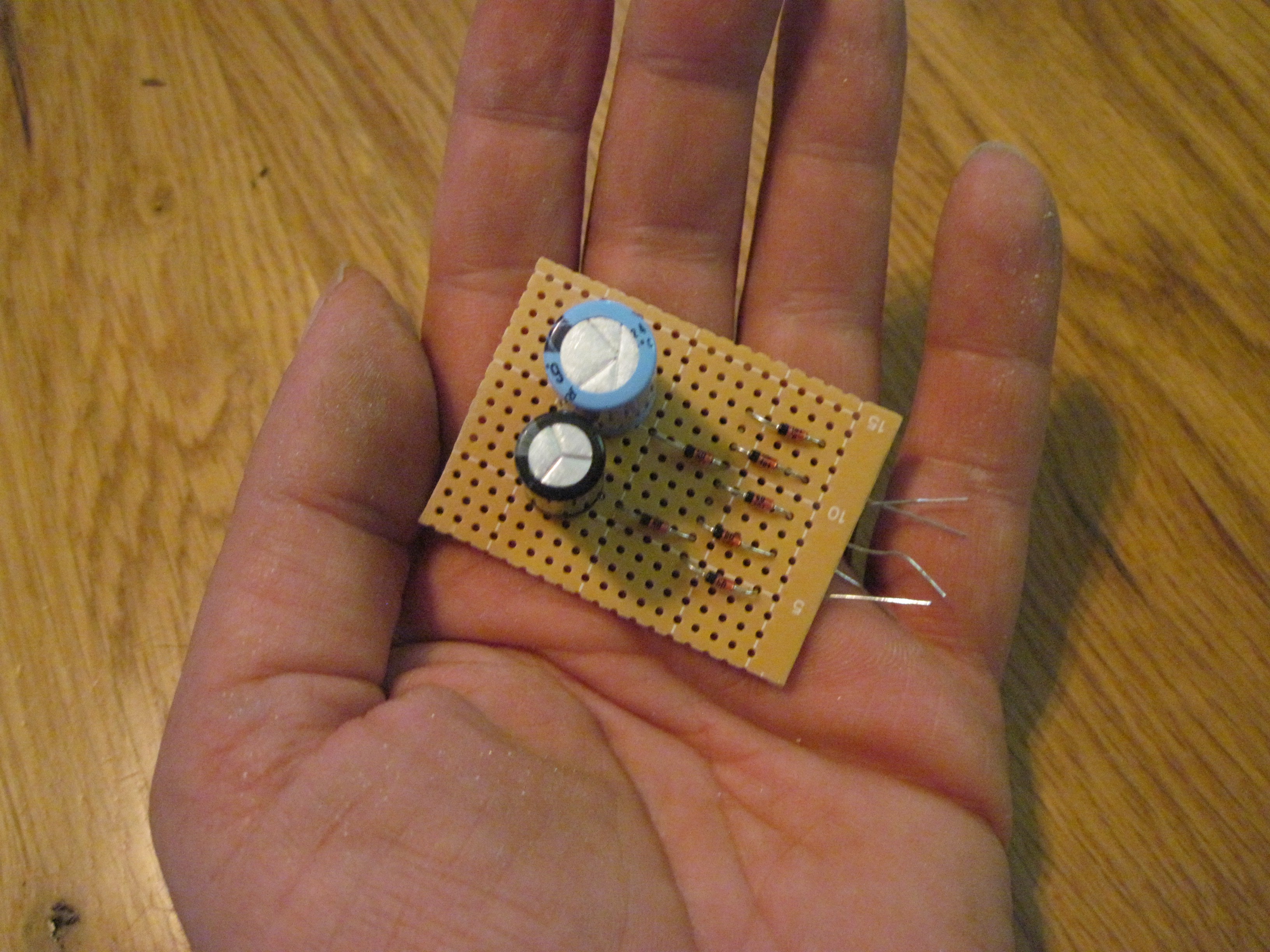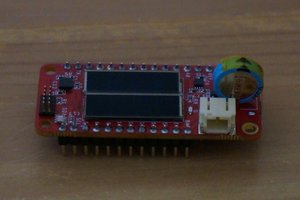Energy harvesting is a rapidly growing industry. With micro-controllers now requiring ever decreasing levels of power, window sensors, temperature sensors and a wide variety of remote sensors are now available. Energy harvesting is starting to show up everywhere, creating many opportunities for individuals to develop products, start businesses and work toward financial independence.
Problem:
The energy collected from energy harvesting is typical very small. Voltages are often so small that they require a charge pump to supply a usable voltage. The current is typically low enough that it takes a long period of time to build up enough power to be usable, often just enough to pulse a transmitter or an LED. If enough power could be collected to turn on a motor, even with short pulses over a period of time and also power a micro-controller, then all new applications would be possible, bringing with it new opportunities. Although it would be very slow, energy harvesting devices could gain the ability to move. The energy harvesting technique also needs to be low cost, enough to be in everyone’s reach and simple enough that even an individual just starting in electronics can build.
Solution:
One of the most abundant energy sources available is light. Outdoors, the sun provides a clean energy source to harvest. Indoors, ambient light is also available but at considerably lower levels. The Indoor Light Charged Power Supply is a power supply designed to harness this available, but low power resource and stores it in both a gold capacitor to power a micro-controller and an electrolytic capacitor to provide pulses of power to an external device, such as a motor. Keeping the Indoor Light Charged Power Supply both simple and functional is all about selecting the right components.
Below is an initial schematic of the Indoor Light Charged Power Supply.

The solar cells used to collect light need to be cheap, available and able to provide the power needed to charge the capacitors. Fortunately, the solar industry has developed amorphous solar cells commonly used in calculators and other indoor devices. The cells on The Indoor Light Charged Power Supply provide 2.5 volts in typical room level light at a very low current. Since the voltage from the cells is at a usable level, there is no need for a charge pump. To provide more current, five cells with schottky diodes feed a power bus in parallel. Schottky diode have a forward bias of .3 volts verses .7 volts for a silicon diode. Less voltage drop at the diodes means more voltage for the load.
From the power bus, a schottky diode feeds a gold capacitor. Despite the name “gold,” gold capacitors are very economical, around a few dollars for a 4-farad capacitor. Gold capacitors have a slow charge/discharge time, which makes them ideal for powering a low power micro-controller, but initially will take a while to charge.
Also from the power bus, a schottky diode also feeds an electrolytic capacitor. The electrolytic capacitor can charge/discharge much faster than a gold capacitor, which makes it a good storage tank to provide a short powerful pulse for a motor and then recharge more quickly.
The Indoor Light Charged Power Supply can be adapted and fitted directly into a project verses a standalone power supply. If more power is needed, additional solar cells with diodes can be added to increase the power. If the project needs a smaller power supply, fewer solar cells can be used. This will allow the Indoor Light Charged Power Supply to be used in many different projects of many different designs and applications.
First power test, powering a quartz movement clock.
The Indoor Light Charged Power Supply powering...
Read more » Dennis
Dennis









 Krzysztof Wrzalka
Krzysztof Wrzalka
 Miguel Tomas
Miguel Tomas

 jerpelea
jerpelea
would it be possible to combine the output of the two capacitors such that the faster diode could compensate for the short comings of the larger?
Some loads seem to have a higher draw just at start up then settle once in operation.